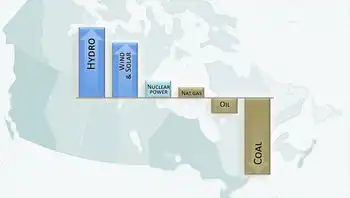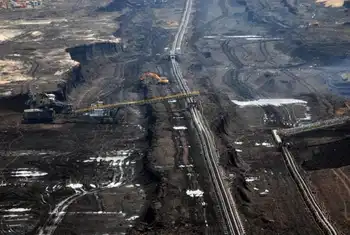Germany puts at risk future power investment
FRANKFURT - The head of Germany's biggest utility called for a more consistent government energy policy to ensure 30-40 billion euros ($35.75 billion) of much-needed investment in the power industry in the next two decades.
Wulf Bernotat, chief executive of utility giant E.ON said late on Wednesday the investments are required to build around 37,000 megawatts (MW) of power generation capacity by 2020 due to Germany's nuclear phase-out programme and ageing power plants. "In order to do that we need a reliable and steady energy policy and conditions, which do not change every half a year," Bernotat said. E.ON needs to make first decisions on future power plant investments by 2007 at the latest, he said. The utility will also need to make "hundreds of millions of euros" of investment in its electricity network due to new wind power plants, Johannes Teyssen, chairman of E.ON unit E.ON Energie, said at the same meeting.
This will involve 800 kilometres (500 miles) of new grids to connect planned wind energy plants, including offshore turbines in the North Sea, with the existing network, he said. Bernotat has taken part in several summits between the government and Germany's major energy companies on the country's future energy strategy. The next meeting will be held in 2004, he said. Germany's environment and economy ministers have been at loggerheads over how to ensure future energy supply, while fighting global warming. Nuclear power makes up 30 percent of Germany's electricity supply. But after years of anti-nuclear protests, a deal was struck between the government and energy industry in 2000 to close nuclear plants by 2020.
It became law a year later.
Related News

Canada's nationwide climate success — electricity
OTTAWA - It's our country’s one big climate success so far.
"All across Canada, electricity generation has been getting much cleaner. It's our country’s one big climate success so far,"
To illustrate how quickly electric power is being cleaned up, what's still left to do, and the benefits it brings, I've dug into Canada's latest emissions inventory and created a series of charts below.
The sector that could
Climate pollution by Canadian economic sector, 2005 to 2017My first chart shows how Canada's economic sectors have changed their climate pollution since 2005.
While most sectors have increased their pollution or made little progress in the climate…




